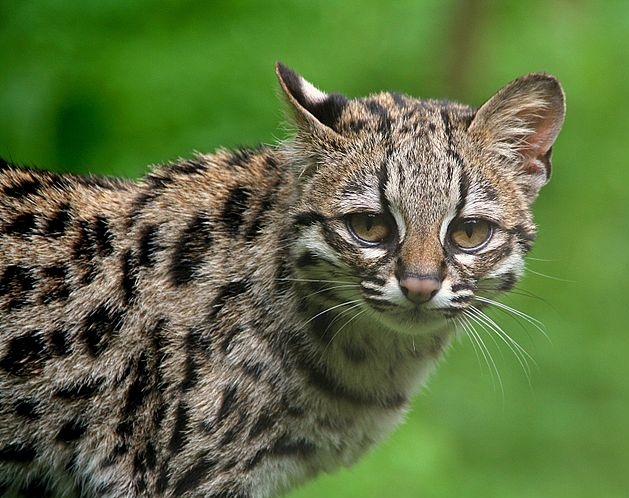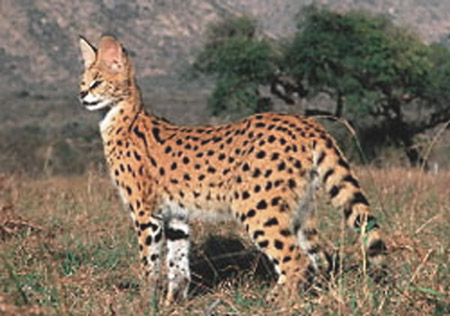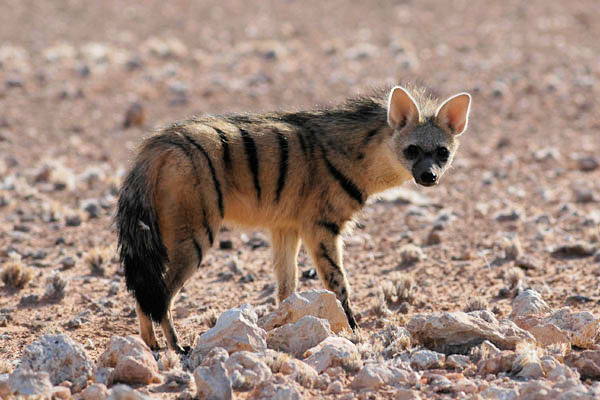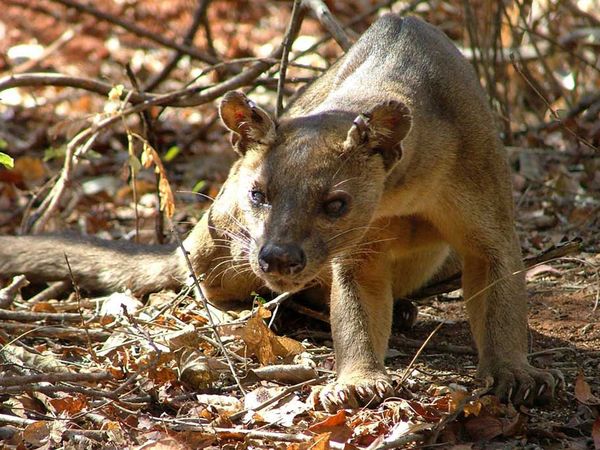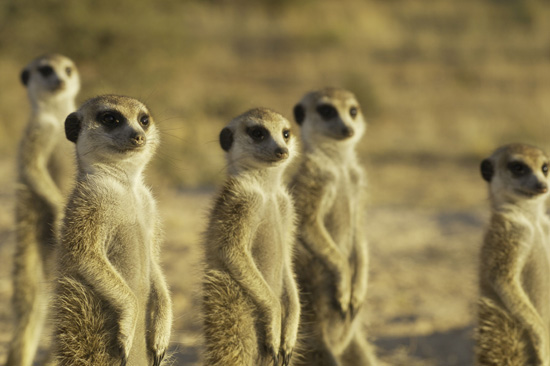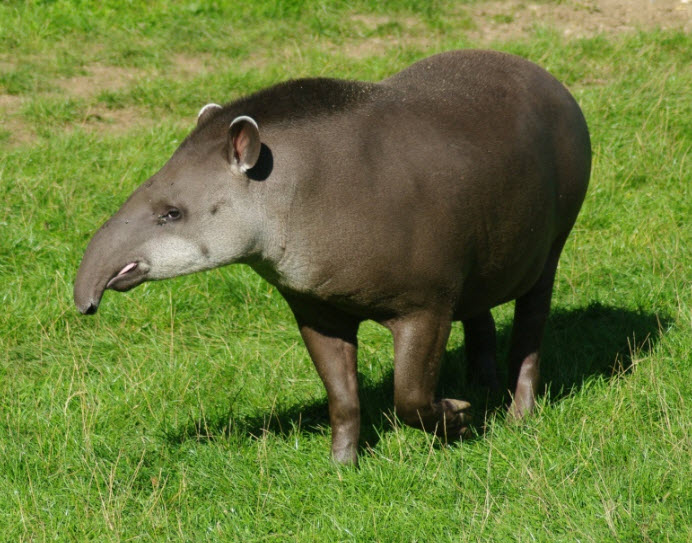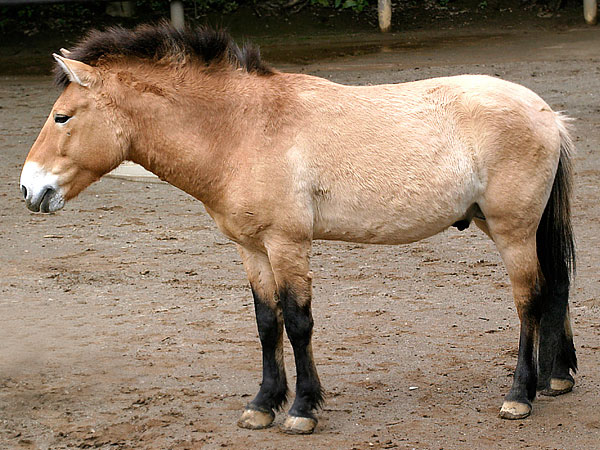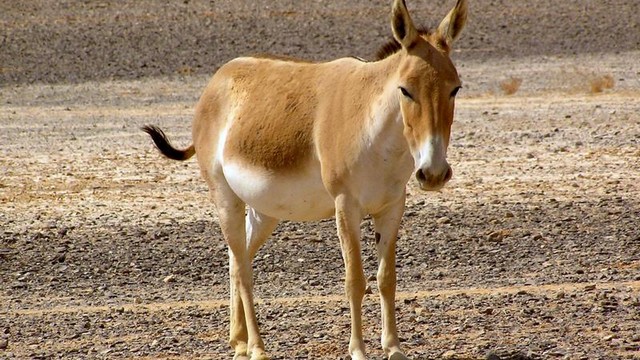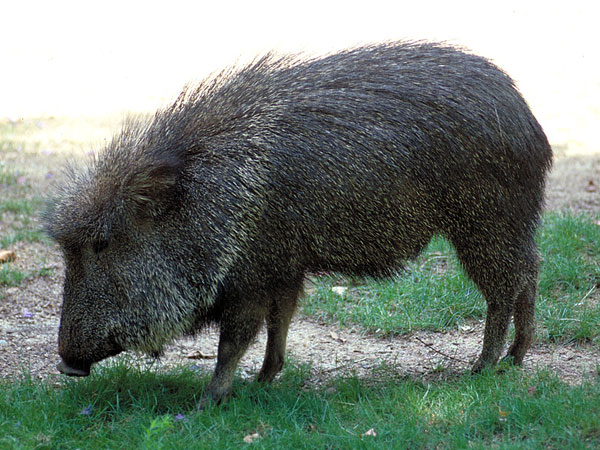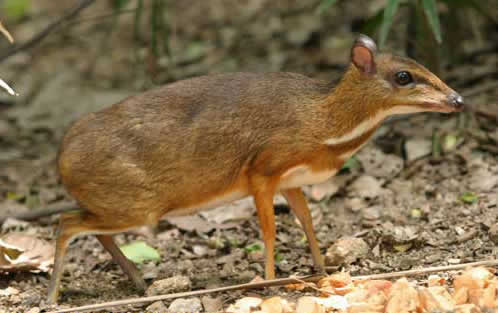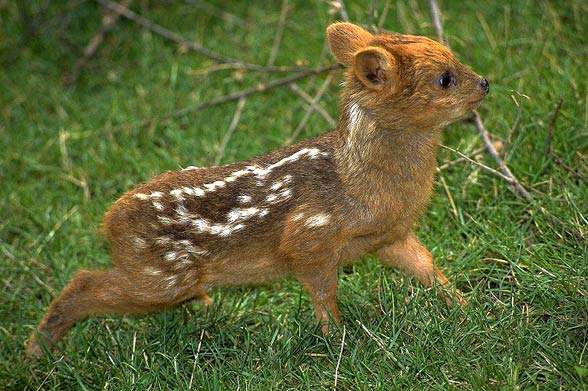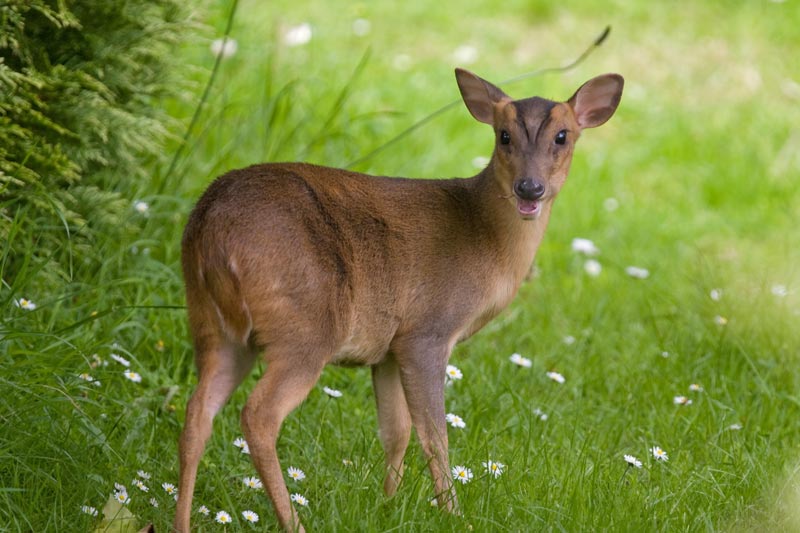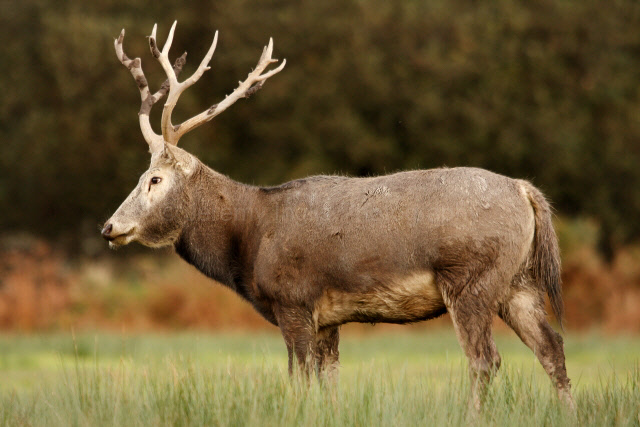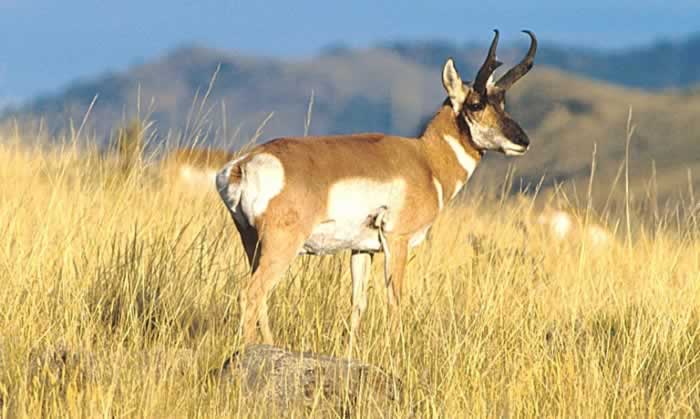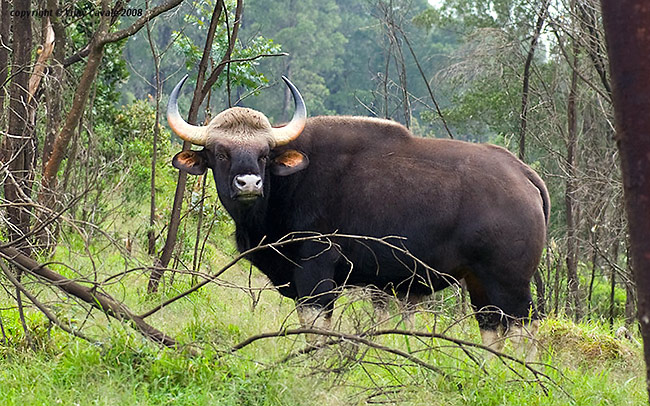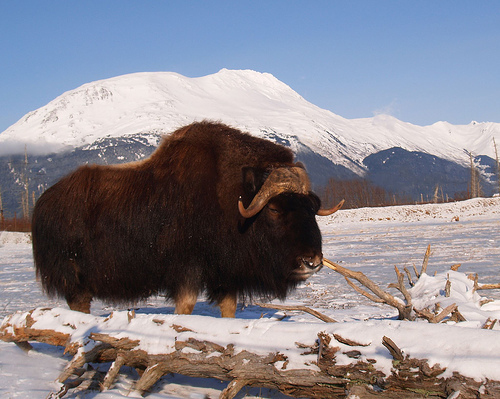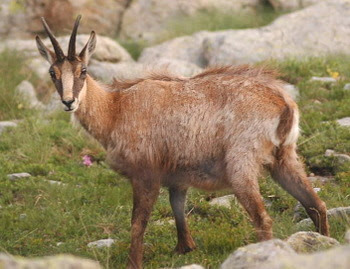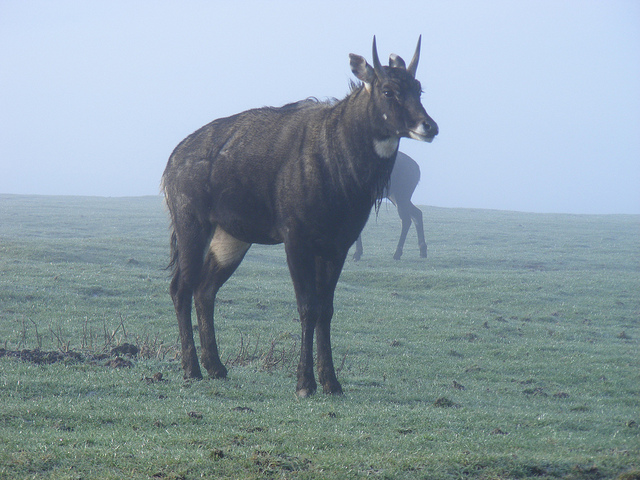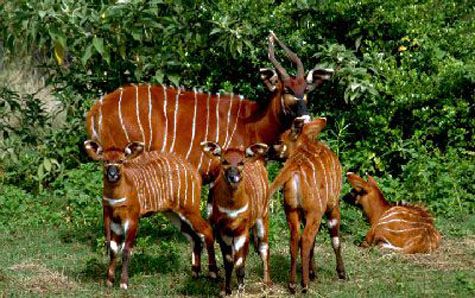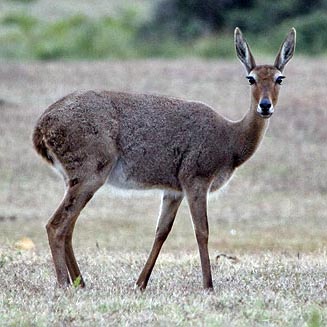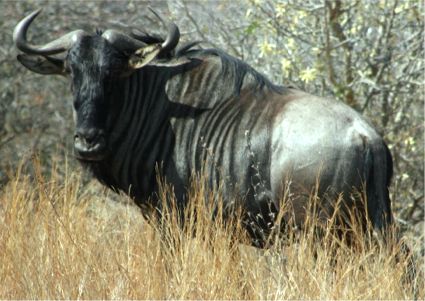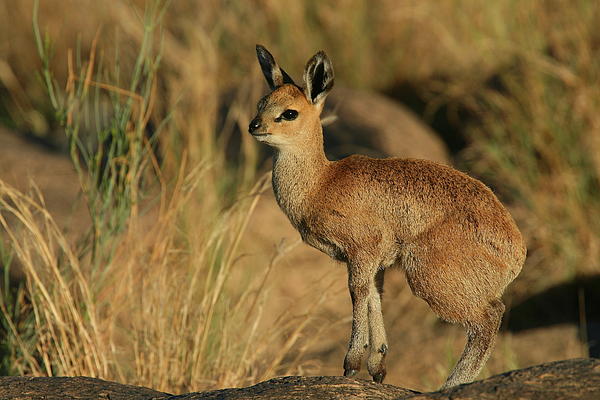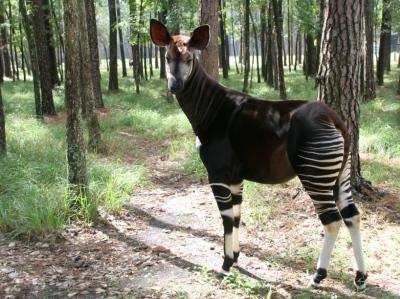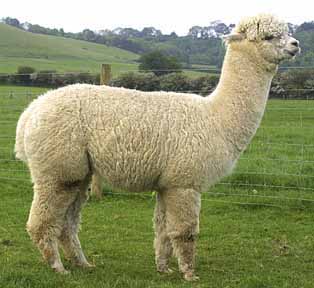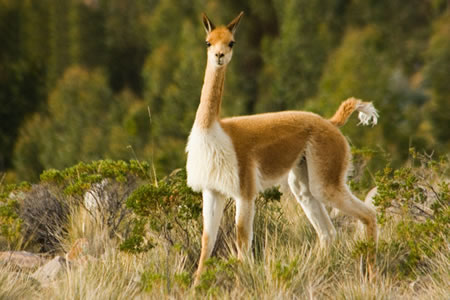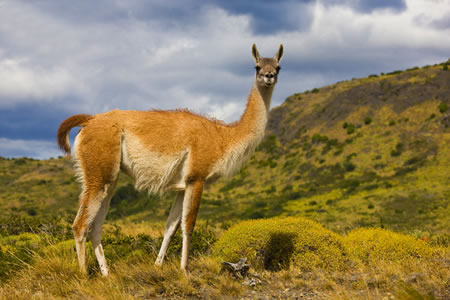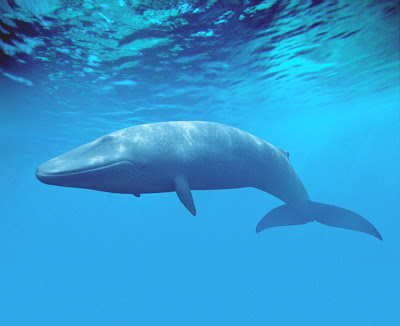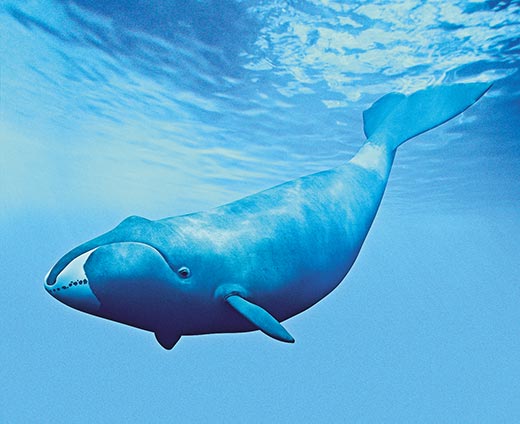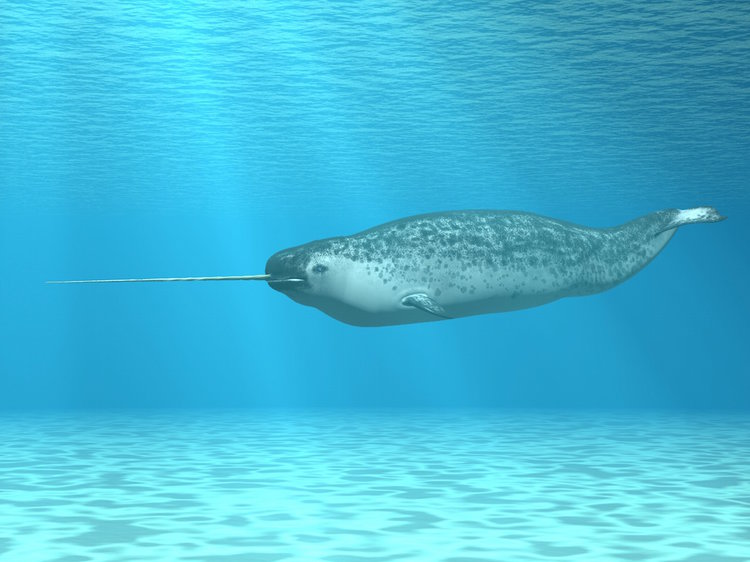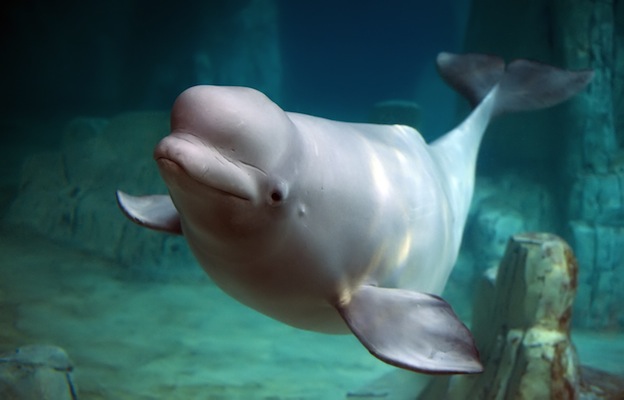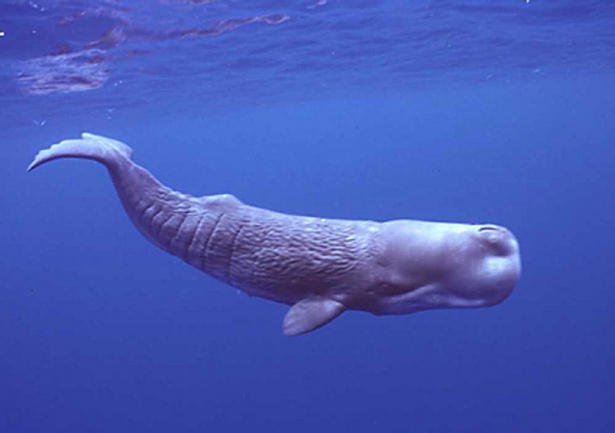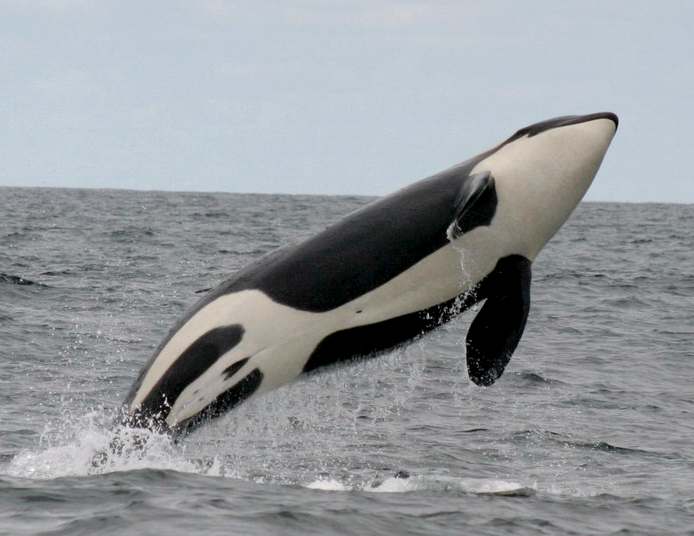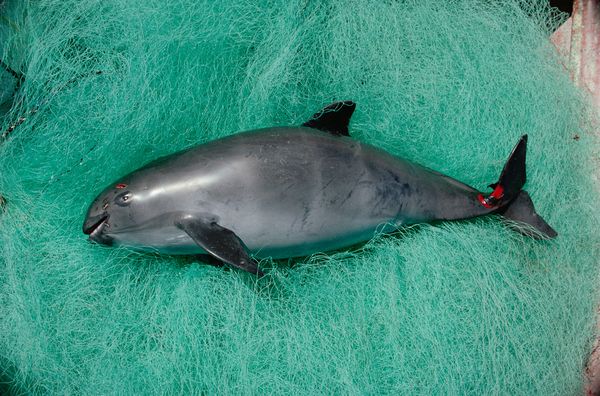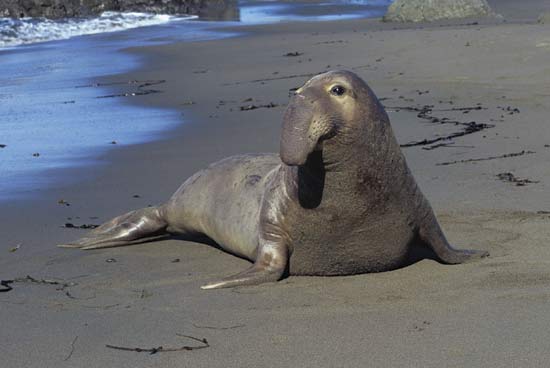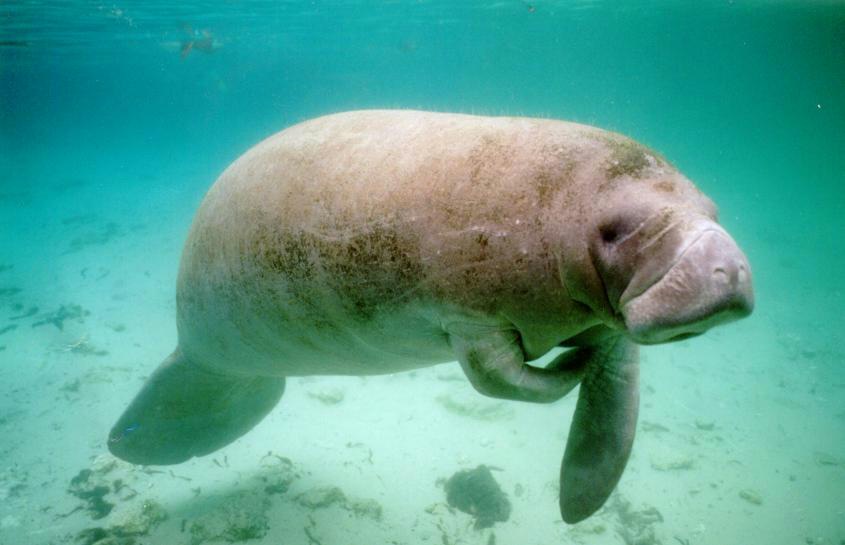Physical World/Mammals - 3
| Caracal
The most distinctive feature of the caracal is the long black tufts on the back of the ears | |
| Bobcat
It has distinctive black bars on its forelegs and a black-tipped, stubby tail, from which it derives its name | |
| Ocelot
Distributed extensively within South America Similar in appearance to a domestic cat. Its fur resembles that of a clouded leopard or jaguar | |
| Margay
Similar to the larger ocelot in appearance, although the head is a little shorter, the eyes larger, and the tail and legs longer | |
| Serval
A medium-sized African wild cat native to sub-Saharan Africa Servals have the longest legs of any cat, relative to their body size | |
| Aardwolf
Second animal in the dictionary, after aardvark | |
| Fossa
The largest mammalian carnivore on the island of Madagascar
| |
| Meerkat
Meerkats forage in a group with one "sentry" on guard watching for predators while the others search for food and "Compare The Market” | |
| Tapir
Tapirs inhabit jungle and forest regions of South America, Central America, and Southeastern Asia | |
| Przewalski's Horse
The horse is named after the Russian colonel Nikolai Przhevalsky (the name is of Polish origin and "Przewalski" is the Polish spelling), who first described the horse in 1881 | |
| Onager
Onagers have never been domesticated. They are among the fastest mammals There is a Roman siege engine called an onager | |
| Peccary
Also known as skunk pig Native to the Americas | |
| Chevrotain
Also known as mouse-deer Chevrotain is French for "little goat" Java mouse-deer is world’s smallest hoofed mammal | |
| Pudu
Inhabits temperate rainforests in South America The world's smallest deer | |
| Muntjac
Muntjacs are the oldest known deer. The present-day species are native to South Asia A large feral population of muntjacs exists in England | |
| Père David's deer
First made known to Western science in the 19th century, by Father Armand David, a French missionary working in China. The current world population, now found in zoos around the world, stems from a herd at Woburn Abbey nurtured by the 11th Duke of Bedford | |
| Pronghorn
Fastest land mammal in the Western Hemisphere | |
| Gaur
Largest extant bovine, native to South Asia and Southeast Asia | |
| Muskox
| |
| Chamois
Chamois leather is traditionally made from the hide of the chamois | |
| Nilgai
Found throughout most of India Mature male appears ox-like and is also known as the blue bull | |
| Bongo
Bongos are characterised by a striking reddish-brown coat, black and white markings, white-yellow stripes and long slightly spiraled horns | |
| Grey rhebok
The Afrikaans/Dutch spelling of the species, reebok, lends its name to the sportswear manufacturing company | |
| Wildebeest
Blue wildebeest are known for their long distance migrations | |
| Klipspringer
Klipspringer means "rock jumper" in Afrikaans They are around 1.5 m tall and can jump 10 times their own body height | |
| Giraffe
Heart of a giraffe has to generate around double the normal blood pressure for a large mammal in order to maintain blood flow to the brain against gravity. Giraffe has seven neck (cervical) vertebrae, the same as a human | |
| Okapi
Named in recognition of the British Governor of Uganda, Sir Harry Johnston, who first acquired an okapi specimen for science | |
| Alpaca
Alpaca fleece is a lustrous and silky natural fibre | |
| Vicuna
Vicunas produce small amounts of extremely fine wool, which is very expensive Vicuna is smaller than the guanaco | |
| Guanaco
The guanaco's soft wool is valued second only to that of the vicuna | |
| Blue whale
Herman Melville called the blue whale "sulphur-bottom" in Moby-Dick | |
| Bowhead whale
Does not have a dorsal fin. Named after its arching lower jaw. Its baleen is the longest of any whale at 3 metres | |
| Narwhal
It lives year-round in the Arctic waters | |
| Beluga whale
Lives in the Arctic. It is entirely white as an adult | |
| Sperm whale
The largest of the toothed whales and the largest toothed predator. It has the largest brain of any animal The head of the whale contains a liquid wax called spermaceti, from which the whale derives its name | |
| Killer whale
A toothed whale belonging to the oceanic dolphin family, of which it is the largest member | |
| Vaquita
Porpoises are small toothed whales that are closely related to oceanic dolphins
| |
| Elephant seal
Elephant seals take their name from the large proboscis of the adult male, which resembles an elephant's trunk. Southern elephant seal bulls typically reach a length of 4.9 metres and a weight of 3,000 kg | |
| Dugong
It has a fusiform body (tapered at both the head and the tail). Dugong is distinguished from the manatees by its fluked, dolphin-like tail, but also possesses a unique skull and teeth | |
| Manatee
Three species – Amazonian, West Indian, and West African Manatees have a paddle-shaped tail |



